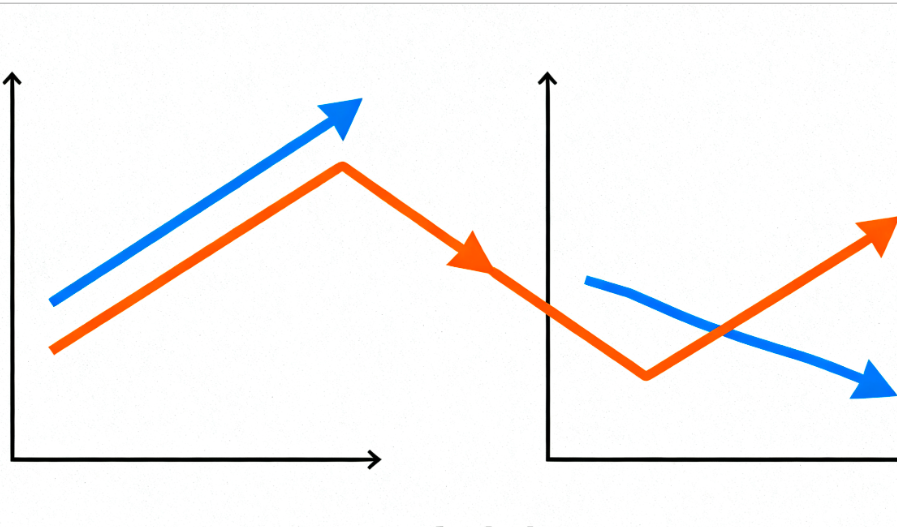
On October 15th, the long-unseen Vitalik posted again. This time, he wasn't sharing philosophical thoughts as before, but was instead endorsing a project in his favorite ZK track—the ZK compute layer Brevis. The project completed a $7.5 million seed funding round last November, led by Polychain and Yzi Labs (formerly Binance Labs); it had also previously opened the Kaito ranking and points program. Odaily Planet Daily will briefly outline and analyze the project's specifics in this article for readers' reference.
Brevis Pico Prism: The Biggest Hope for 100x Ethereum Scalability?
On October 15th, Brevis officially announced the project's latest development—the launch of Pico Prism, a state-of-the-art zkVM for real-time Ethereum proving.
According to the official introduction: "In a cluster equipped with 64 high-end RTX 5090 GPUs, 99.6% of ZK proving tasks can be completed within 12 seconds, with an average of only 6.9 seconds." In the future, "(users might even) be able to verify the blockchain network via mobile phones."
This description might still not be direct enough. Let's break down the following 3 questions step by step: What is Brevis? What is it for? Why did it gain Vitalik's endorsement?
Brevis: An "Intelligent Engine" Promoting the Concept of "Infinite Compute Layer"
According to official information, Brevis is an off-chain compute engine built on zero-knowledge proofs, positioning itself as the "infinite compute layer for Web3 and everything."
In April 2024, Brevis coChain AVS launched on the mainnet. By combining ZK proofs with cryptoeconomic security powered by EigenLayer restaking, coChain aims to significantly reduce costs in ZK co-processing and enable new functionalities.
In February 2025, Brevis announced the launch of Pico, a high-performance modular universal zkVM (Zero-Knowledge Virtual Machine). Pico allows developers to use the Rust language to access highly optimized ZK co-processors on top of a universal zkVM. Developers can choose from a wide range of built-in options or fully customize the proving backend and VM instance to optimize application performance and user experience.
In November 2024, after completing a $7.5 million funding round in September co-led by Polychain Capital and Binance Labs (now renamed Yzi Labs), with participation from IOSG Ventures, Nomad Capital, Bankless Ventures, Hashkey, and several undisclosed angel investors, Brevis officially announced its seed funding round. Furthermore, according to co-founder Michael Dong Dong, this round was a token financing round, but the specific valuation was not disclosed.
At that time, Brevis was still in the testnet phase, with partners including Kwenta, JoJo Exchange, Trusta, etc.; DeFi protocols like PancakeSwap, Frax, Gamma, Quickswap, Mask Network, 0G, Bedrock, and Mellow Finance were all building products and features powered by Brevis.
The Value of Brevis: Serving Off-Chain Computation and On-Chain Verification, Boosting System Throughput
As for the value of Brevis, in a nutshell, it helps developers run complex computations off-chain (such as data processing, machine learning inference, simulations, etc.) and generate compact ZK proofs to quickly verify the results on-chain, thereby enabling trustless, scalable applications.
In plain terms, it finds a balance between secure but computationally limited traditional on-chain computation (e.g., inefficient at handling historical data) and computationally powerful but unverifiable off-chain computation (reliant on centralized nodes)—using ZK technology to compute data off-chain and verify results on-chain.
To be more specific, the functions of Brevis as an "intelligent engine" include:
-
Accessing On-Chain Historical Data: The ZK Data Coprocessor can query and compute arbitrary on-chain history (e.g., trading volume, user behavior), generating ZK proofs.
-
Running Computations: Pico zkVM supports writing general-purpose programs in Rust, enabling ZKML (Zero-Knowledge Machine Learning), cross-chain verification, etc.
-
Practical Applications: Enabling DeFi dynamic incentives, RWA transparent rewards, perp DEX loyalty programs, etc.
Simply put, it makes smart contracts "smarter," shifting them from passive execution to proactive computation, saving computational costs while improving computational efficiency, thereby facilitating user interaction with protocols, asset deposition, and increasing protocol adoption rates.
Reasons for Vitalik's Endorsement of Brevis: ZK's Moment to Shine
As for the reasons why Brevis received Vitalik's endorsement and praise, there are three main points:
-
The Effectiveness of Brevis's Technical Solution: It is 3.4 times faster than traditional methods with hardware costs halved. This directly addresses the redundant computation problem for Ethereum node validators, effectively reducing the overall workload.
-
High Alignment with Ethereum's Ecosystem and Roadmap: As a ZK co-processor network, Brevis allows dApps to access historical on-chain data, run off-chain computations, and generate verifiable proofs. This perfectly aligns with the 2025 Ethereum roadmap proposed by Vitalik—including 99% coverage, sub-10-second proofs, hardware costs under $100k, and home-grade setups (<10 kW power consumption). This will support higher gas limits, lower transaction fees, more complex DeFi operations (like PancakeSwap's dynamic fees, Usual's RWA rewards), and allow more people to participate in network validation using mobile phones, promoting L1 ZK-EVM integration and decentralization.
-
Overall Ecosystem Impact and Real-World Adoption: Brevis has generated over 72.9 million proofs, covering 100+ partners like MetaMask, PancakeSwap, and Frax, driving $4 billion in TVL growth. It can be said that the emergence and development of Brevis represent a tangible large-scale adoption solution.
Brevis Interaction Options: Development, Community Tasks
Currently, community users can interact by developing applications or participating in community tasks, requiring no professional ZK knowledge—
Developers:
-
SDK and Pico zkVM: Use Rust to write code + one Solidity callback to build ZK applications (e.g., dynamic incentives, cross-chain security). Integration requires only 3 steps: Specify data, Run computation, On-chain verification. Documentation: https:/docs.brevis.network/.
-
Examples: Earn LP rewards by trading on PancakeSwap Infinity; Verify restaking on Kernel DAO; Participate in Continuous Performance Incentives (CPI) on Usual Protocol.
Community Tasks:
-
Proving Grounds Event: Visit https:/proving-grounds.brevis.network/, connect wallet (Follow @brevis_zk, Join Discord).
-
Phase 1: Basic Training (2025.10.13 - Nov 2): Social tasks like Daily Check-in (10 Sparks/day, consecutive check-in bonus up to 200), Like/Retweet posts (100 Sparks + milestone bonus up to 500), Invite Friends (200 Sparks/person).
-
Phase 2: Field Operations (Starts Nov 3rd): On-chain interactions with real dApps (e.g., DEX trading, lending) to earn more Sparks points.
Note: 1 wallet corresponds to 1 X account, 1 Discord account. Points update within 24 hours.
Finally, judging from previous posts by the Ethereum Foundation, Brevis has a promising future.
















